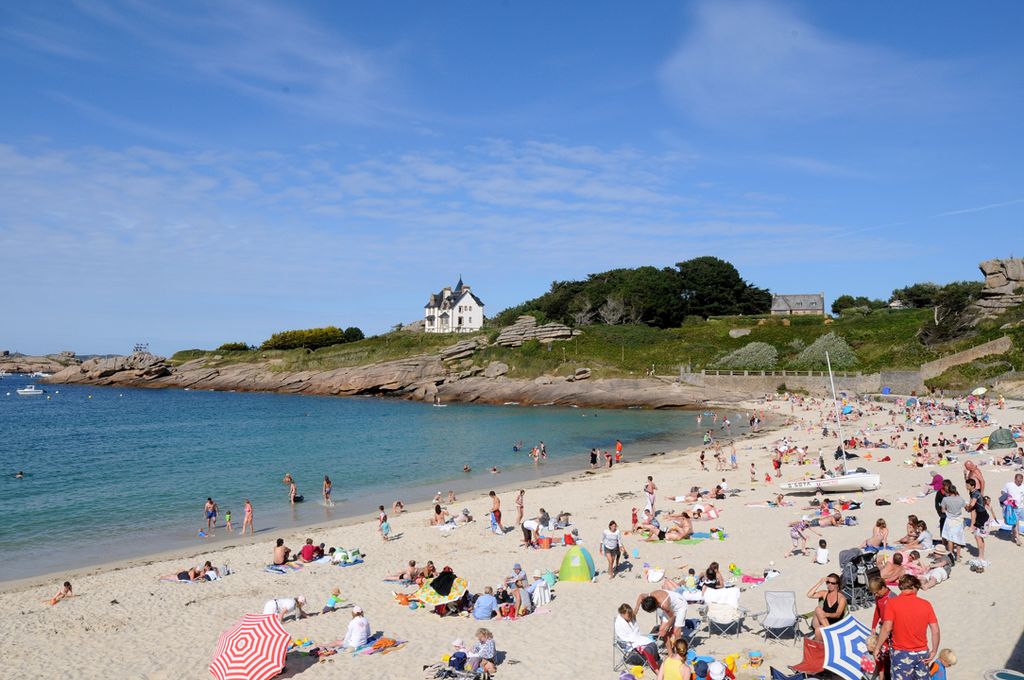
Grève Blanche beach
Trégastel



About
The tombolo of sand which links the coast to Île aux Lapins marks the boundary between the coarse, pink sand of Grève Rose beach to the west and the fine, white sand of Grève Blanche beach to the east. At low tide, you can access Île aux Lapins and l’Île Seigle, opposite the beach, on foot. Have you noticed the rock nicknamed "la couronne du roi Gradlon" (King Gradlon's crown), whose outline dominates the landscape?


Goas Lagorn Valley
Trébeurden
A nature conservation area, Goas Lagorn Valley is surrounded by the cliffs of Pors Mabo and Beg Légeur. Here you will find a landscape of extensive pastures and a flaura and fauna of recognised...  See
See


Saint Jacques Church
Perros-Guirec
Construction of Saint Jacques Church began in the eleventh century using granite from the area and further construction followed over the years, resulting in today's patchwork of architectural...  See
See


Penvern Chapel
Trébeurden
Located in Penvern, the Notre-Dame de Cîteaux Chapel, among the oldest in the area, is worth the detour for the magnificent altarpiece which it houses. Its paintings and sculptures are a superb...  See
See


The Parc du Radôme
Pleumeur-Bodou
The Radôme, a technological jewel in the crown for France during the 1960s, a symbol of the modernism of Brittany and an iconic image of Pleumeur-Bodou, is composed of a dome 64 m in diameter and 50...  See
See



